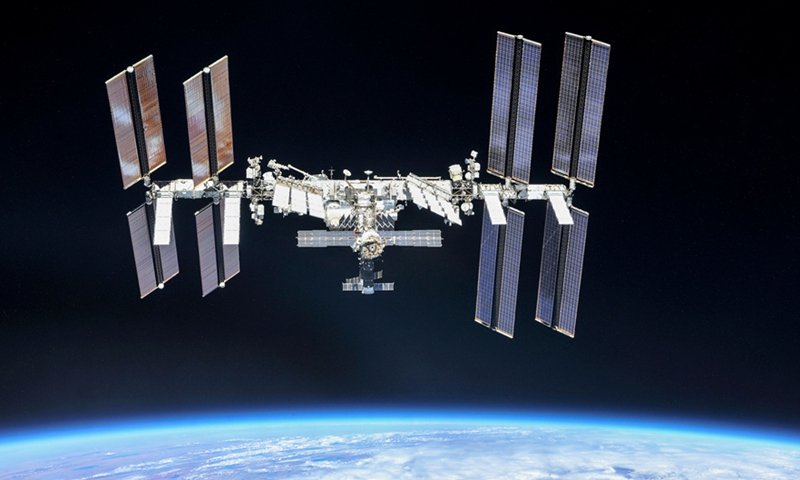NASA is preparing to host more amateur astronauts on the International Space Station (ISS) for up to two weeks each trip.
Space tourism is upon us, and NASA is gearing up to take advantage of it. In January next year, the Axiom Space Ax-1 mission is expected to send a professional astronaut and passengers to the station for an eight-day stay using a SpaceX rocket and a Crew Dragon capsule. Blue Origin, on the other hand, auctioned a position in space τον επόμενο μήνα για 28 millions dollars.

"This year is a renaissance for space flight, as we fly with NASA and our international partners with US commercial spacecraft to the International Space Station," said Phil McAlister, director of commercial space flight development at NASA. astronauts at the station.
"As more people fly into space and see more things during their spaceflight, this will attract even more people to flight, which reflects the growing market we envisioned when we launched the Commercial Crew Program ten years ago."
NASA hopes to work with third-party companies to send two more "private astronauts" to the ISS. The first tourist flight will take place at the earliest in the fall of 2022 and the next sometime in mid-2023, if all goes according to plan. The US space agency is not looking to compete with commercial companies and its goal is to work with them.
Privately owned SpaceX will make the shuttles to and from the space station, while NASA will provide logistics support, food, materials and services for amateur space travelers to live on the ISS. Amateur astronauts will be able to live on the ISS for up to 14 days and will not be allowed to disturb the professionals who will be working on board. The launch vehicle and the vehicle that will carry the space travelers will have to be approved by NASA.
Of course, the fares will not be cheap. The space agency will charge $5,2 million in "base costs" for each mission and another $4,8 million for the programming required to execute the mission. Add in the cost of feeding the amateur astronauts – that's $2.000 per person per day for dried food – and up to $1.500 per day for other amenities like sleeping bags, clothing and more. Not to mention the cost benefit loadand other fees that can reach up to $164.000 per day per person.
The money earned from space tourism will help fill NASA's coffers, giving them an extra source of revenue to fund its costly scientific missions.





